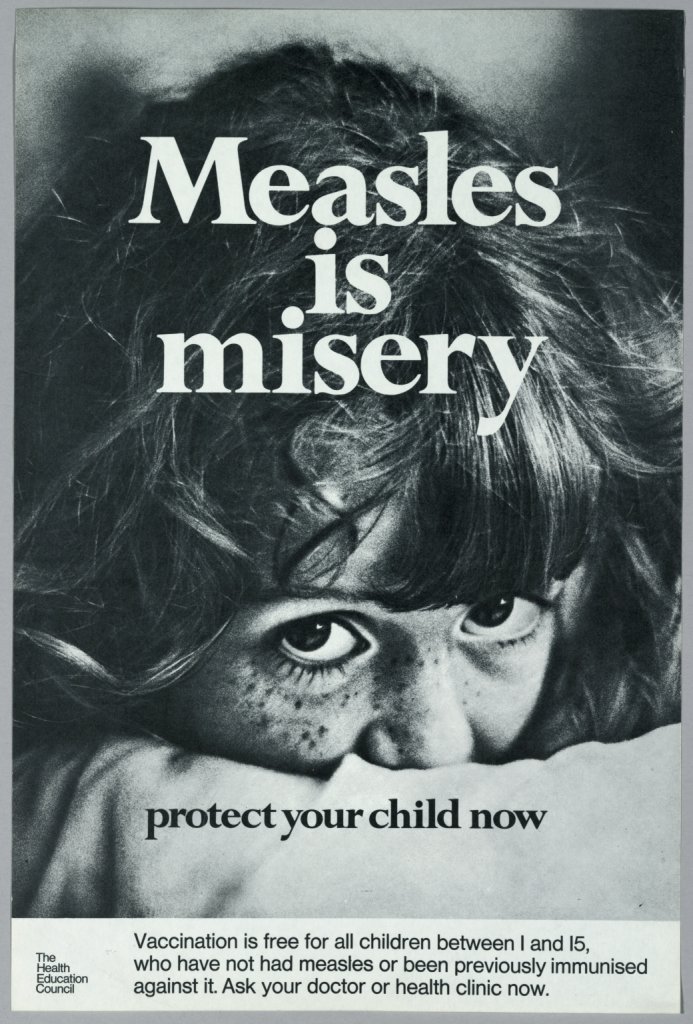
India, energy + infrastructure history, environment and/vs. development @UChicagoHistory
How to get URL link on X (Twitter) App


 What is the "Late Acceleration"? I argue for disaggregating the Great Acceleration in human impacts on the planet. From 1980, the main regional drivers shifted to Asia, esp. China & India. But the socioeconomic dynamics behind this looked v different to oil-fed US consumerism. 2/
What is the "Late Acceleration"? I argue for disaggregating the Great Acceleration in human impacts on the planet. From 1980, the main regional drivers shifted to Asia, esp. China & India. But the socioeconomic dynamics behind this looked v different to oil-fed US consumerism. 2/ 

 The Soviet high-modernist drive for collectivization was disastrous. But Wengle shows, despite state hostility, subsistence household farming (& foraging e.g. for berries, mushrooms) continued to provide crucial supplies. Fully ½ the Soviet population tended private plots in 1983
The Soviet high-modernist drive for collectivization was disastrous. But Wengle shows, despite state hostility, subsistence household farming (& foraging e.g. for berries, mushrooms) continued to provide crucial supplies. Fully ½ the Soviet population tended private plots in 1983 
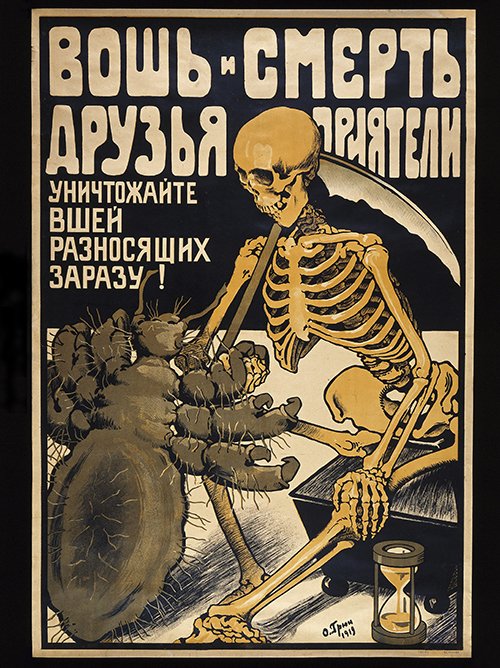
 Typhus (not to be confused with typhoid) is the work of Rickettsia bacteria, named for a scientist they killed. Its epidemic form travels in 💩 of the body louse, which eats only human blood. Meaning "hazy", typhus brings spots, fingertip gangrene +a delirious "besotted" look. 2/
Typhus (not to be confused with typhoid) is the work of Rickettsia bacteria, named for a scientist they killed. Its epidemic form travels in 💩 of the body louse, which eats only human blood. Meaning "hazy", typhus brings spots, fingertip gangrene +a delirious "besotted" look. 2/ 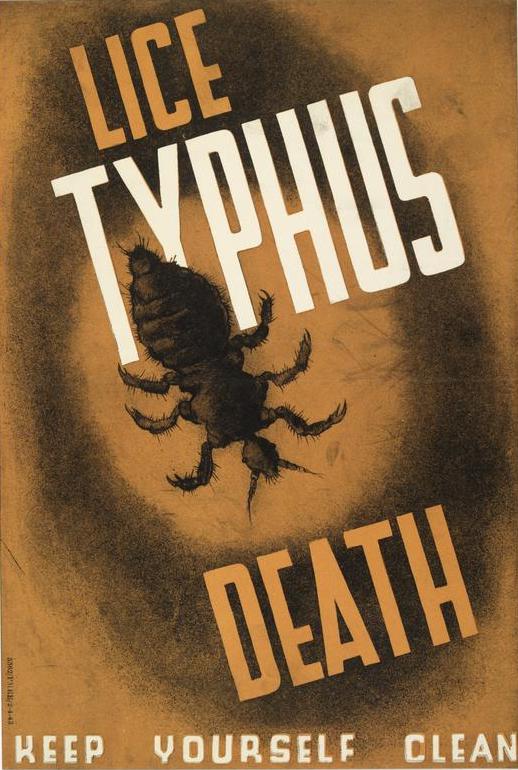
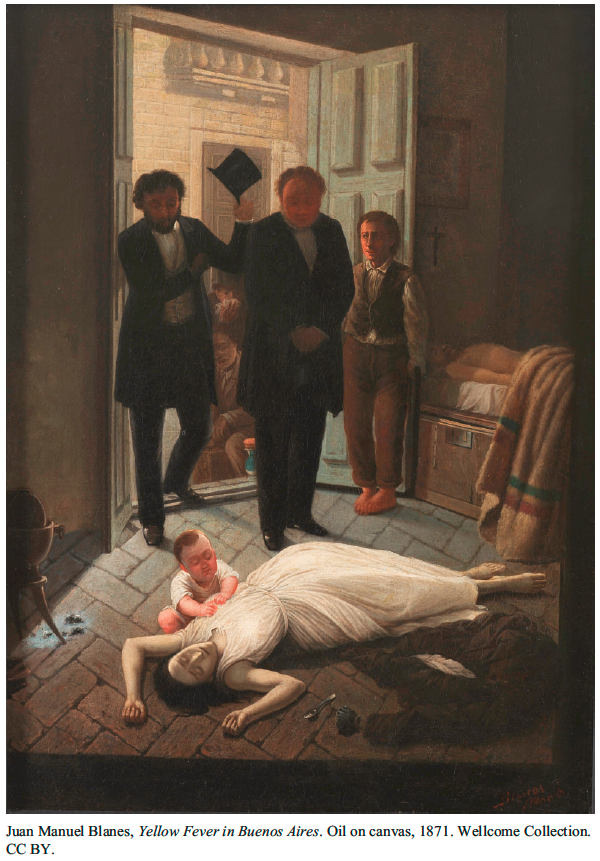
 Yellow fever is a mosquito-borne virus native to tropical West Africa. Many get a mild case. But a minority become jaundiced and develop haemorrhagic fever—giving the disease one of its charming 150+ nicknames, vómito negro. 50% of C19th victims died, screaming in agony (2/n)
Yellow fever is a mosquito-borne virus native to tropical West Africa. Many get a mild case. But a minority become jaundiced and develop haemorrhagic fever—giving the disease one of its charming 150+ nicknames, vómito negro. 50% of C19th victims died, screaming in agony (2/n) 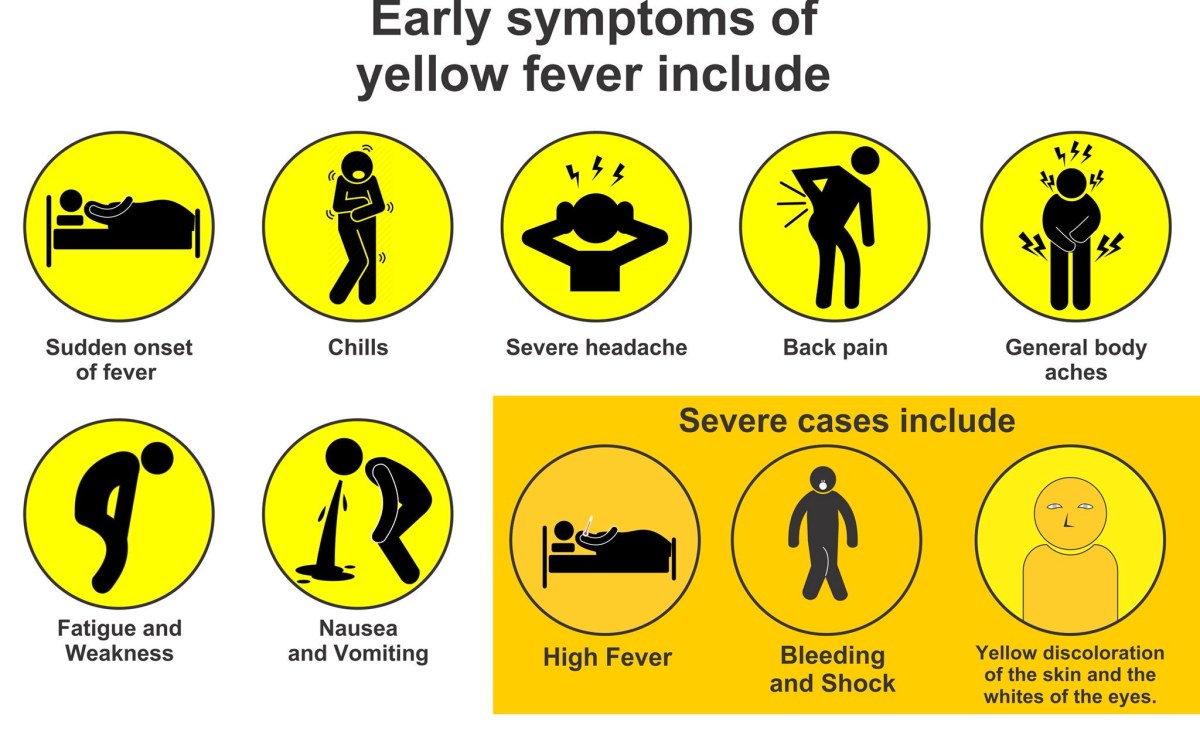

 Rinderpest also likely gave us the measles virus, which became endemic around C11th as human-cattle interactions intensified. Between 1855–2005, measles would kill c. 200 million people worldwide. As late as 2018, 140,000+ died thanks to plateauing vaccination levels (2/n)
Rinderpest also likely gave us the measles virus, which became endemic around C11th as human-cattle interactions intensified. Between 1855–2005, measles would kill c. 200 million people worldwide. As late as 2018, 140,000+ died thanks to plateauing vaccination levels (2/n) 